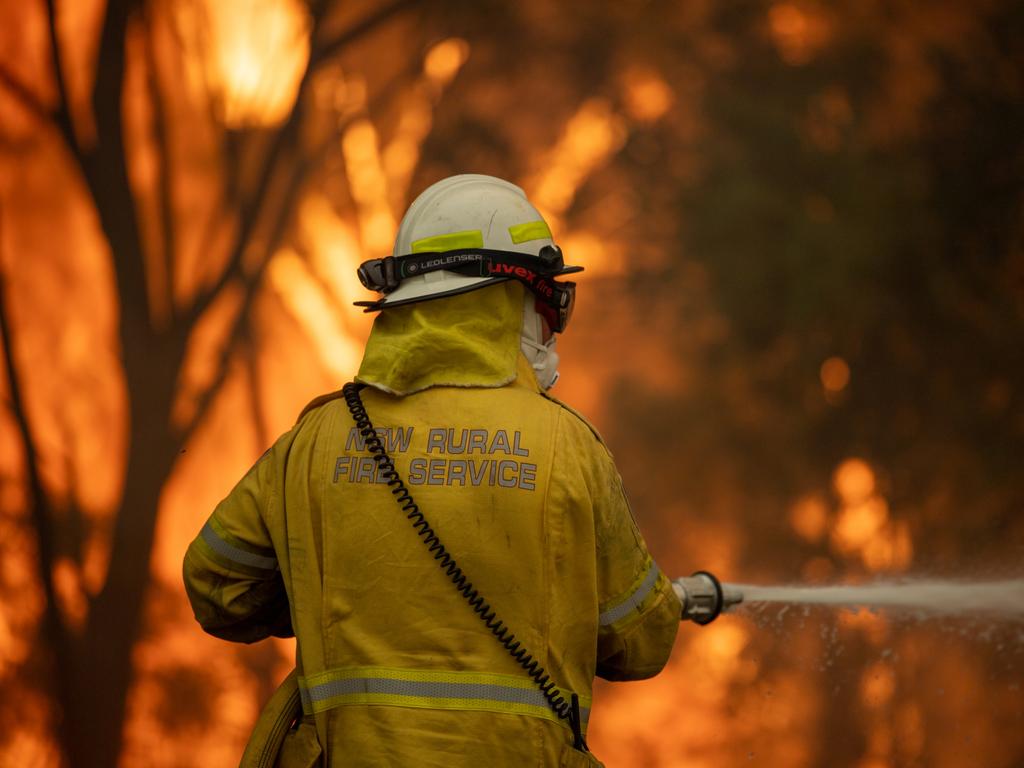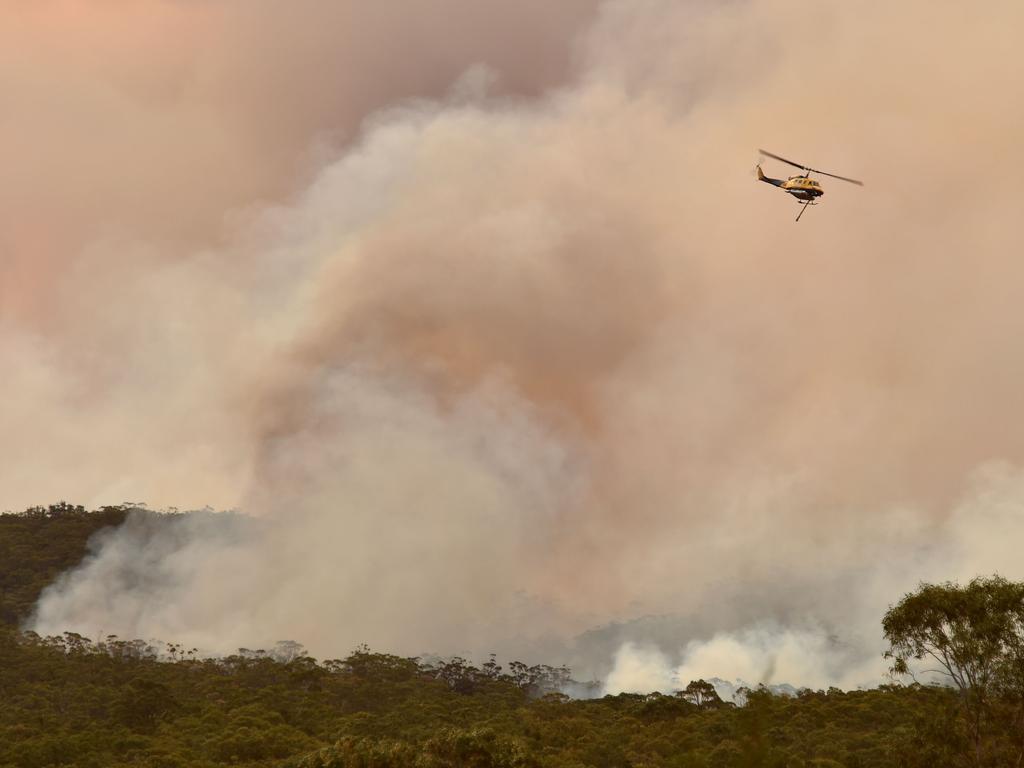New study suggests Australia’s Black Summer bushfires contributed to rare triple-dip La Niña
A new study has found that a disaster in Australia may have contributed to the erratic weather patterns we’ve experienced since.
Smoke from Australia’s devastating Black Summer bushfires of 2019-20 may have contributed to the onset of a rare triple La Niña responsible for major flooding events of the past few years — a new study published in the journal Science Advances.
The study, led by researchers at the National Center for Atmospheric Research in the United States, used climate models to simulate the effects of the bushfires on the atmosphere and ocean.
The models showed that the smoke from the fires caused clouds to become brighter and thicker, which reflected more sunlight back into space.
This cooling effect led to changes in the ocean currents, which in turn contributed to the formation of La Niña.
La Niña is a climate pattern that occurs every few years and typically brings cooler temperatures and wetter weather to Australia. The triple-dip La Niña that occurred in 2020-2022 was particularly severe, and it led to widespread flooding and damage across the nation
The study’s lead author, John Fasullo, said that the findings were “extraordinary”.
“In fact, we underestimated the effects, if anything, of the wildfires,” Dr Fasullo said via the ABC.
“But what we found in the initial two years itself was actually pretty interesting – we have this La-Niña-like response.”
The study’s findings suggest that the Black Summer bushfires may have made the triple-dip La Niña even more severe.
“We think that the bushfires roughly doubled the chances of a prolonged La Niña event,” Fasullo said.

“So when you introduce smoke into the system, all of a sudden you have all these little particulates for the clouds to condense on.
“And two things happen — one is that those cloud droplets become brighter, but also when they collide with each other they don‘t rain out of the atmosphere as quickly.
“So the cloud droplets stay in the atmosphere, they don’t get as big, they don’t rain out and because of that more sunlight gets reflected to space.”
Dr Fasullo said there was a link from the fires all the way to the emergence of the La Niña event.
“The trade winds over the equator lead to this steep ocean upwelling, and that is a La Niña event,” he said.
“They (bushfires) certainly added in a material way to both the probability of La Niña and also the intensity of La Niña for at least two years.”

The study’s findings also linked the fires to the devastating impact of climate change.
Its findings suggest that there are a number of measures that can be taken to prevent future bushfires and La Niña events. These include:
Reducing greenhouse gas emissions: This is the most important step that can be taken to address climate change. Reducing greenhouse gas emissions will help to cool the planet and reduce the risk of extreme weather events, such as bushfires and La Niña.
Improving land management: Better land management can help to reduce the risk of bushfires by clearing dead vegetation and creating firebreaks.
Investing in early warning systems: Early warning systems can help to give people time to evacuate their homes before bushfires reach them.
Raising awareness of the risks of climate change: Raising awareness of the risks of climate change can help people to understand the need to take action to reduce greenhouse gas emissions.




